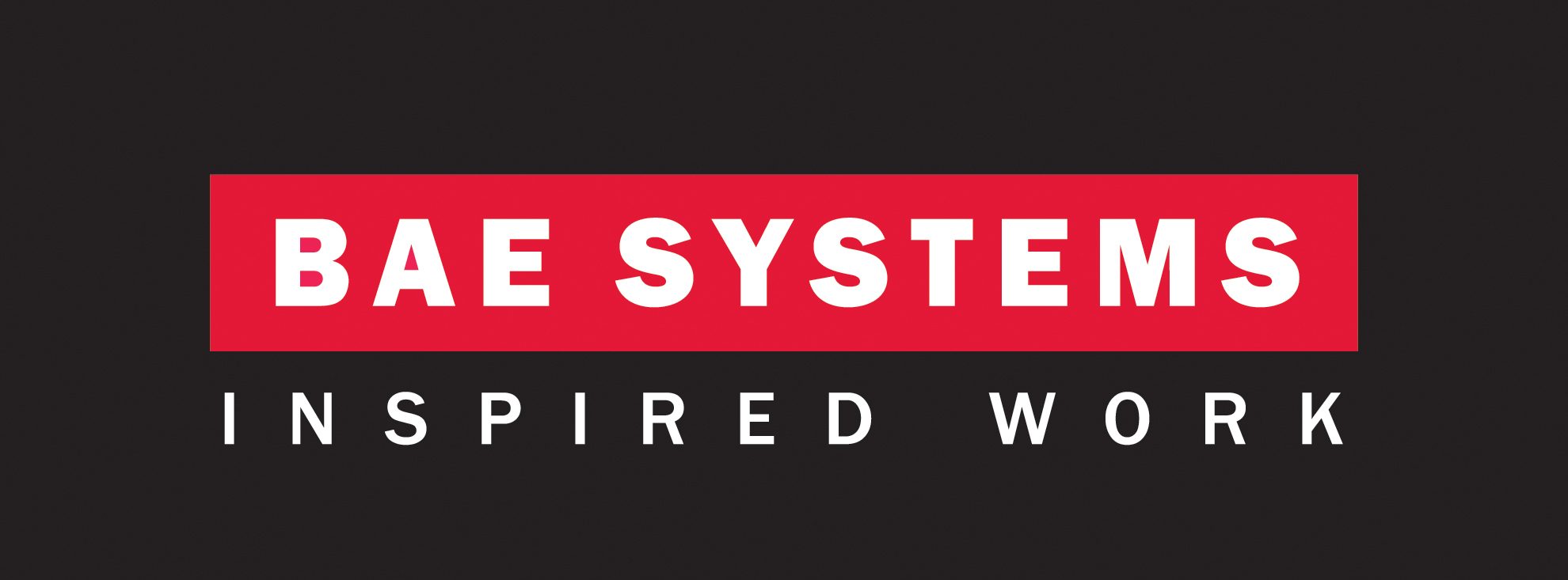 Cyber attackers are increasingly using their target organisation’s supply chain as a route to attack them and access their data or internal systems.
Cyber attackers are increasingly using their target organisation’s supply chain as a route to attack them and access their data or internal systems.
Smaller organisations throughout the supply chain often don’t have the same stringent security measures in place compared with larger organisations. These gaps in a small supplier’s cyber defences can create weaknesses for their larger clients. For example, criminals may use a supplier’s website to host malware. This is difficult to combat, because businesses often have to place a certain level of trust in that website or the emails coming from that supplier’s website.
Dr Rajiv Shah, regional general manager, BAE Systems Applied Intelligence, said, “Organisations are increasingly interconnected with their suppliers and, while this provides a variety of business benefits, it also comes with security risks. The security of your networks is often only as good as the weakest link in the system. You might think you understand your systems and the security measures you have in place, but how well do you know the security of your suppliers’ systems? Cyber criminals are very aware of these connections and are using them to access networks that are otherwise well-protected.”
There are three key ways organisations can protect themselves from the potential threats posed by a suppliers’ access to your networks, infrastructure, people or premises:
1. Written security agreements with suppliers
The first step is to ensure clear understanding and expectations of how your suppliers protect their business and, by extension, yours. Where possible, organisations should make sure their suppliers adhere to certain processes and protocols that minimise the likelihood of such attack vulnerabilities, even if they don’t have the resources for high-level cyber defence technology. A written agreement regarding these processes and protocols sets the right expectations at the start of an engagement and can be an easy first step in reducing risks when connecting with suppliers.
2. Train your people – and theirs
One of the top ways cyber criminals gain unauthorised access to internal systems is through simple email-based methods, such as spear phishing. Attackers are now starting to use legitimate email servers, which they have compromised, to launch these campaigns, making suspect emails harder to identify. Organisations need to educate their staff and their suppliers about how to spot suspect emails and other communications before they become a problem.
3. Additional technology barriers between internal and external systems
Attackers are known to use direct network connections from smaller vendors to get into larger target organisations. This trend is expected to continue over the coming years, largely because the bigger, highly-targeted organisations have a budget for cyber security that smaller players generally don’t have access to. To protect themselves, larger organisations need to put several layers of protection between themselves and their suppliers to make sure communications from suppliers’ systems aren’t carrying malicious threats.
Taking the right steps means you can still get the benefits of working closely with your suppliers – without exposing your business to unnecessary risk.





